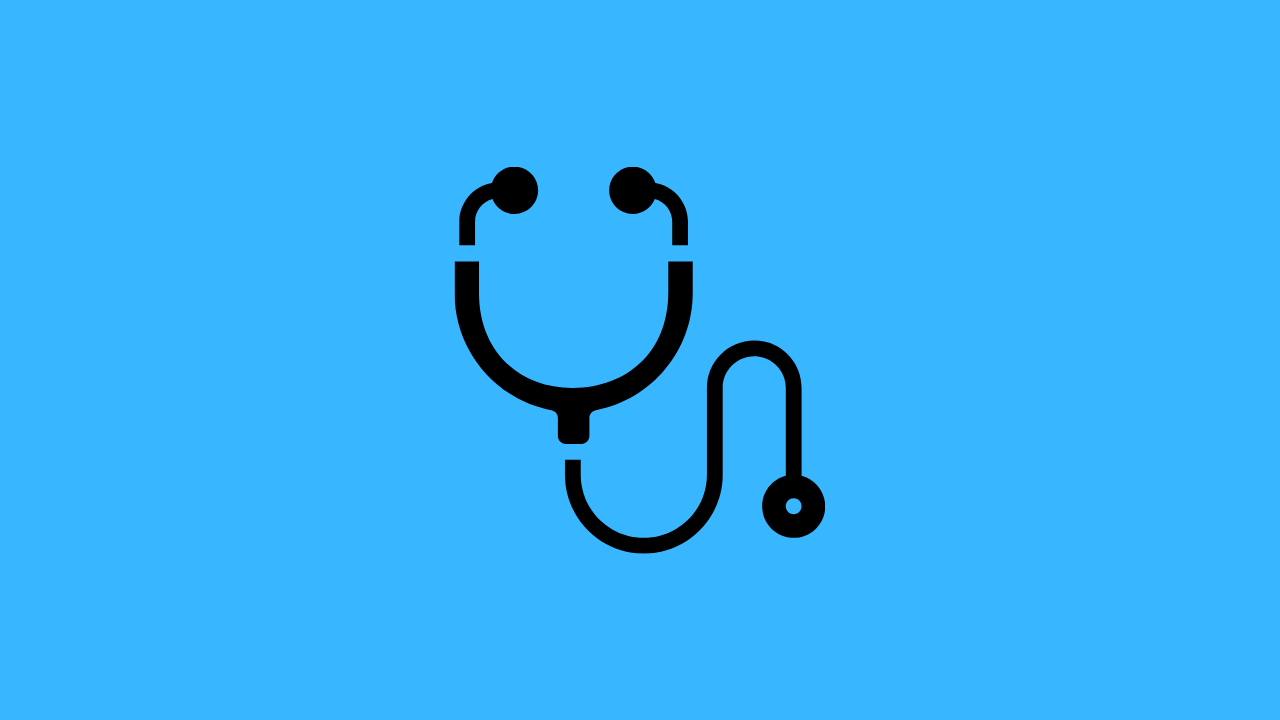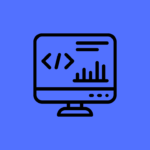Introduction
Artificial intelligence (AI) is revolutionizing healthcare, offering innovative solutions to enhance patient care, streamline operations, and improve diagnostics. As we move into 2024, several AI tools are leading the way in transforming the healthcare industry.
Benefits of AI in Healthcare
AI’s integration into healthcare brings numerous benefits:
- Improved Diagnostics: AI can analyze complex medical data to detect diseases early and accurately.
- Personalized Medicine: AI helps tailor treatments to individual patients based on their unique genetic makeup and health data.
- Operational Efficiency: AI streamlines administrative tasks, reducing costs and improving workflow efficiency.
Top 10 AI Tools for Healthcare
Here’s a detailed look at the top 10 AI tools making significant impacts in healthcare:
1. Ada Health
Ada Health is an AI-powered symptom assessment and health guidance platform. It interacts with users through a chatbot that asks medical questions and provides probable condition insights and next-step recommendations. Used by millions globally, Ada combines medical knowledge with machine learning to assist in early detection and triage, guiding patients toward the right care.
Best for:
Healthcare providers and telemedicine platforms seeking AI-driven symptom triage and virtual patient intake.
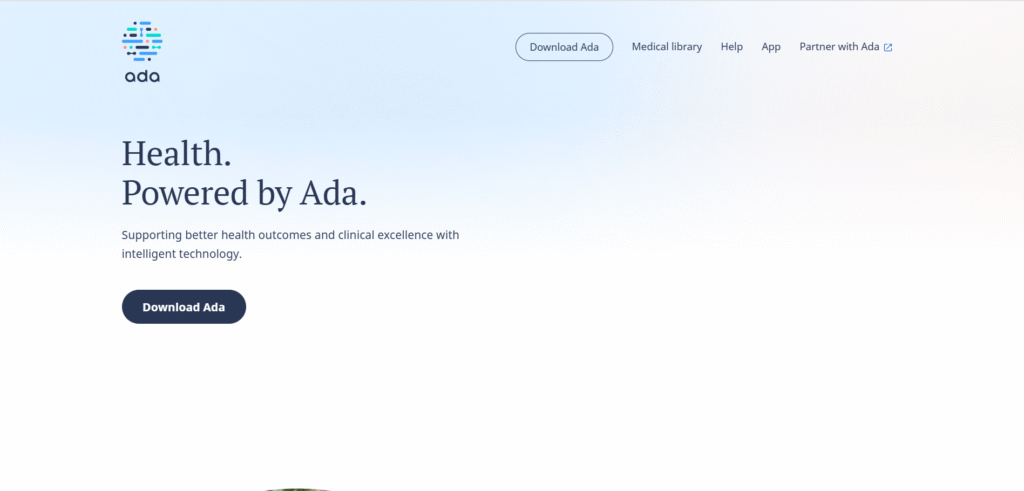
2. DAX Copilot
DAX Copilot is a voice-based clinical documentation assistant developed by Nuance (a Microsoft company). It listens to doctor–patient conversations and automatically generates clinical notes, SOAP summaries, and structured EHR entries. Integrated with major electronic health record (EHR) systems, it reduces documentation time and allows clinicians to focus on patient care.
Best for:
Clinicians and hospitals aiming to reduce documentation burden and improve note accuracy.
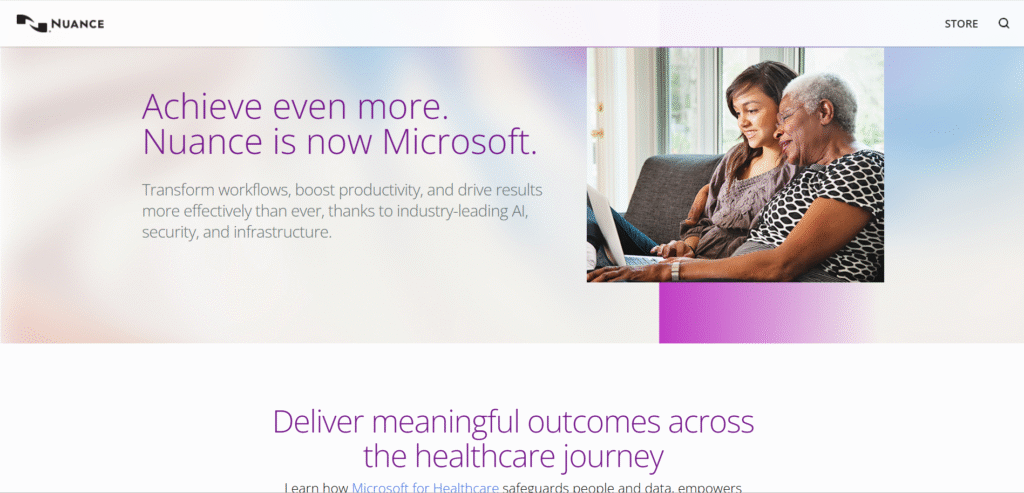
3. Doximity GPT
Doximity GPT is a HIPAA-compliant generative AI assistant designed for medical professionals. It helps clinicians draft patient letters, summarize research articles, and create medical content while maintaining data privacy. Doximity’s integration of generative AI into its professional network makes it a secure and powerful writing and communication companion for doctors.
Best for:
Physicians and healthcare communicators who need compliant AI writing and documentation tools.
4. Merative
Merative combines advanced analytics and AI to deliver data-driven insights across healthcare ecosystems. It assists providers, payers, and researchers in diagnosis support, treatment planning, and population health management. Built on the legacy of IBM Watson Health, Merative focuses on responsible AI and interoperability for large-scale healthcare transformation.
Best for:
Healthcare enterprises needing AI analytics for clinical, operational, and population-level insights.
5. MONAI
MONAI is an open-source deep learning framework created for medical imaging applications. It enables researchers and developers to build AI models for radiology, pathology, and diagnostic imaging — supporting tasks like segmentation, registration, and classification. Backed by NVIDIA, MONAI has become the go-to toolkit for AI innovation in medical research.
Best for:
Medical researchers and developers building AI imaging and diagnostic models.
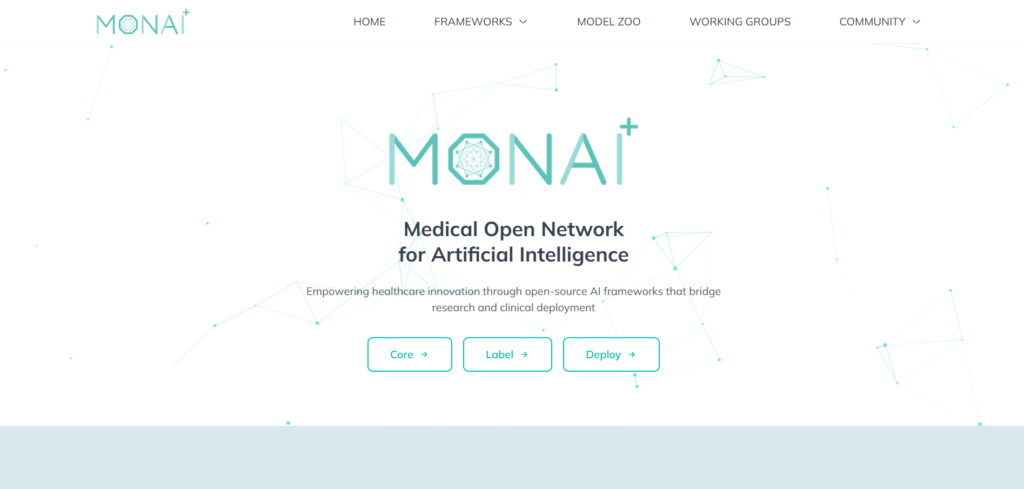
6. VisualDx
VisualDx is a clinical decision support and diagnostic tool powered by AI and visual databases. It allows clinicians to input symptoms or upload images (like rashes or lesions) and receive differential diagnosis suggestions. Widely used in dermatology, pediatrics, and emergency medicine, it enhances diagnostic accuracy — especially for rare or complex conditions.
Best for:
Clinicians seeking AI-assisted diagnostic support and visual case references.
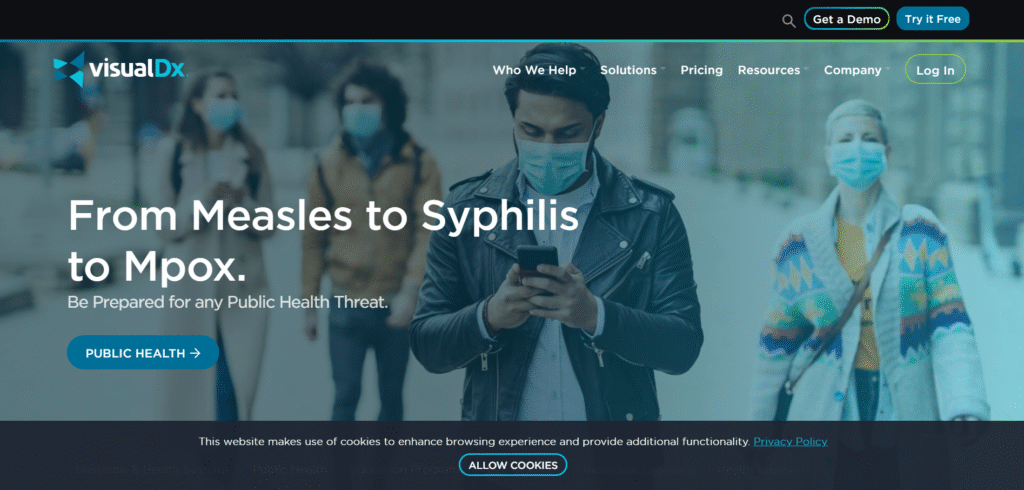
7. Notable Health
Notable Health automates administrative and operational workflows across healthcare organizations. Its AI bots manage patient intake, scheduling, billing, referrals, and follow-ups. By eliminating manual data entry and repetitive administrative work, Notable helps providers focus on delivering high-quality care while improving the patient experience.
Best for:
Hospitals and clinics aiming to automate front-office and back-office healthcare operations.
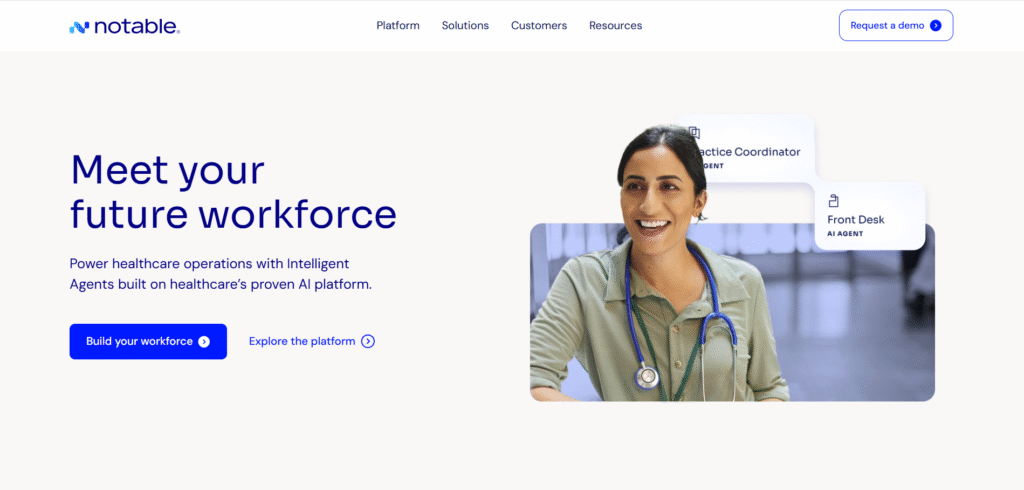
8. Abridge
Abridge acts as a “digital scribe” for healthcare professionals. It records doctor–patient conversations, transcribes them, and summarizes key medical information in structured clinical notes. The tool uses natural language understanding to identify key details like medications, diagnoses, and next steps, ensuring accurate and compliant documentation.
Best for:
Clinicians who want AI-powered note-taking and EHR integration with zero manual typing.
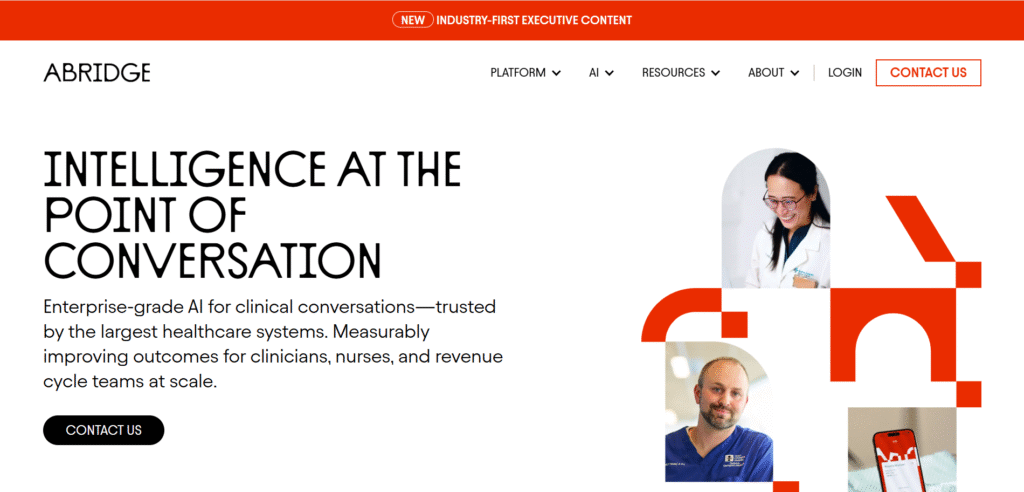
9. Freenome
Freenome is a biotechnology company that uses AI and multiomics (genomics, proteomics, and epigenomics) to enable early cancer detection through a simple blood test. Its platform analyzes patterns of cell-free DNA (cfDNA) and other biomarkers in blood using advanced machine learning models to identify early signs of cancer — even before symptoms appear.
Best for:
Healthcare organizations, diagnostic labs, and clinicians focused on AI-powered early cancer detection and precision medicine.
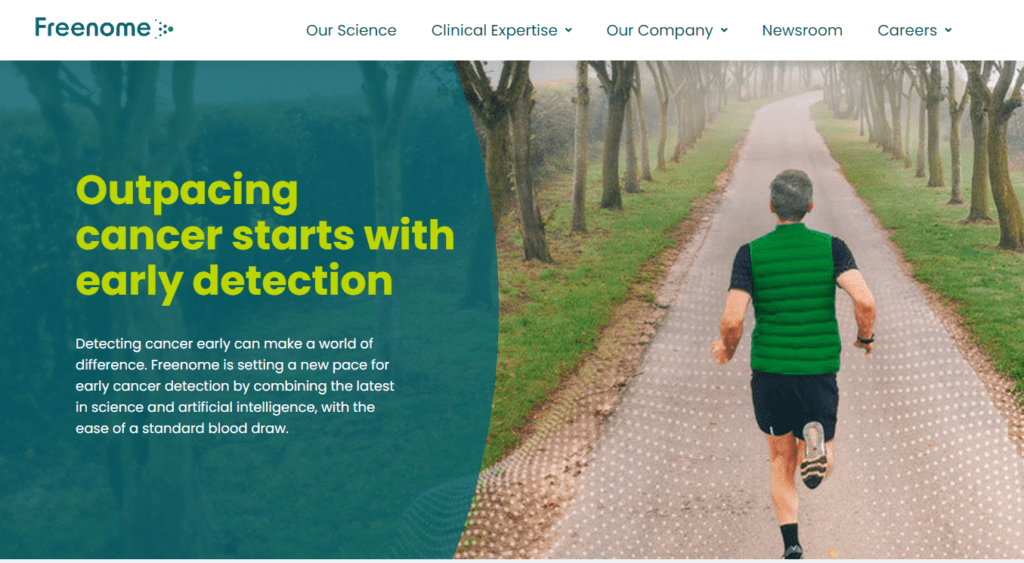
10. DeepSeek
DeepSeek is an AI hospital system deployed across major healthcare networks, particularly in Asia. It integrates diagnostic assistance, electronic records management, and predictive modeling under one AI ecosystem. Its deep learning models analyze multi-modal patient data — from text to imaging — to improve clinical outcomes and hospital efficiency.
Best for:
Large hospital networks seeking end-to-end AI infrastructure for diagnostics and data management.
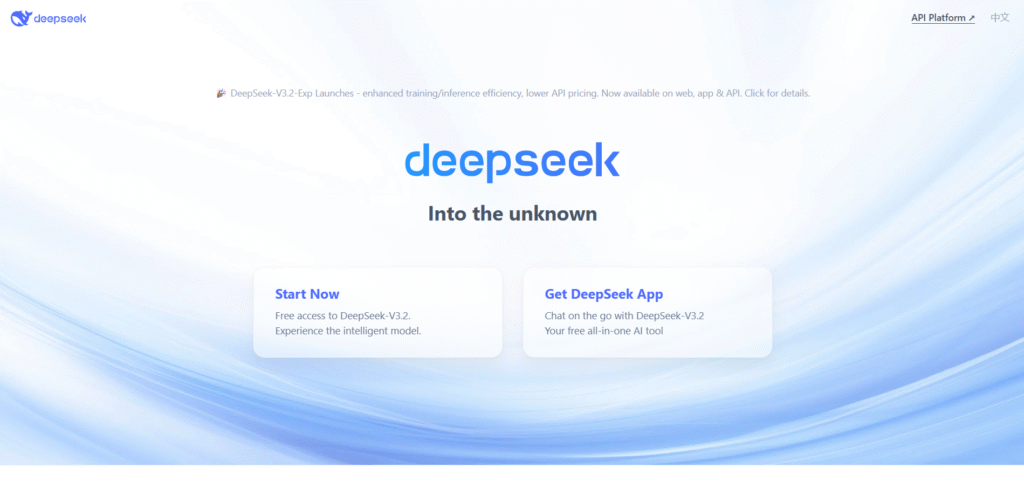
Comparative Analysis of AI Tools
To understand the strengths and limitations of each AI tool, here’s a comparative analysis based on features, benefits, and potential limitations:
| Tool | Core Focus | Ideal Users | Key Feature |
|---|---|---|---|
| Ada Health | Symptom assessment | Patients, Telehealth | AI symptom triage |
| DAX Copilot | Documentation automation | Clinicians | Ambient voice-to-note generation |
| Doximity GPT | Clinical writing & summaries | Doctors | HIPAA-compliant AI assistant |
| Merative | Analytics & data intelligence | Hospitals, researchers | Population-level AI insights |
| MONAI | Medical imaging AI | Researchers | Open-source deep learning |
| VisualDx | Diagnostic decision support | Clinicians | Visual differential diagnosis |
| Notable Health | Workflow automation | Health systems | AI intake & scheduling |
| Abridge | AI clinical scribe | Doctors | Voice-based EHR documentation |
| Freenome | AI-driven early cancer detection using multiomics data | Healthcare providers, diagnostic labs, oncology researchers | Combines genomics, proteomics, and epigenomics with machine learning to detect cancers from a simple blood test |
| DeepSeek | End-to-end AI healthcare platform | Hospitals | Multi-department AI integration |
How AI Enhances Diagnostics
AI enhances diagnostics by analyzing large datasets quickly and accurately. Case studies show that AI tools can detect diseases earlier than traditional methods, leading to better patient outcomes. For example, AI algorithms can identify early signs of diabetic retinopathy in retinal images, allowing for prompt treatment and preventing vision loss.
AI in Personalized Medicine
AI plays a crucial role in personalized medicine by analyzing genetic, clinical, and lifestyle data to tailor treatments to individual patients. This approach improves patient outcomes by ensuring that treatments are effective and minimize adverse effects. For instance, AI-driven genomic analysis can help oncologists choose the most effective cancer treatments based on a patient’s genetic profile.
Operational Efficiency with AI
AI improves operational efficiency in healthcare by automating routine tasks, optimizing workflows, and reducing administrative burdens. For example, AI-powered chatbots can handle patient inquiries, schedule appointments, and provide health advice, freeing up medical staff to focus on more critical tasks. Additionally, AI algorithms can optimize hospital resource allocation, reducing costs and improving patient care.
Challenges and Ethical Considerations
While AI offers many benefits, it also presents challenges and ethical considerations:
- Data Privacy: Ensuring patient data is secure and private is paramount.
- Bias: AI algorithms can perpetuate existing biases if trained on biased data.
- Regulatory Issues: Compliance with healthcare regulations and standards is essential.
Addressing these challenges requires robust data governance, ethical AI practices, and adherence to regulatory frameworks.
Future Trends in AI Healthcare
The future of AI in healthcare is promising, with emerging technologies and innovations on the horizon:
- AI in Telemedicine: Enhancing remote patient monitoring and virtual consultations.
- Wearable AI: Integrating AI into wearable devices for continuous health monitoring.
- Predictive Analytics: Using AI to predict disease outbreaks and patient outcomes.
These trends will continue to transform healthcare, making it more efficient, accessible, and personalized.
FAQs about AI Tools in Healthcare
What are the benefits of AI in healthcare? AI improves diagnostics, personalizes medicine, and enhances operational efficiency, leading to better patient care and outcomes.
How does AI improve diagnostics? AI analyzes large datasets quickly and accurately, identifying diseases early and improving diagnostic accuracy.
What challenges do AI tools face in healthcare? Challenges include data privacy, bias in algorithms, and regulatory compliance.
How does AI contribute to personalized medicine? AI analyzes genetic and clinical data to tailor treatments to individual patients, improving effectiveness and minimizing side effects.
What future trends are emerging in AI healthcare? Trends include AI in telemedicine, wearable AI devices, and predictive analytics for disease management and prevention.
Are AI tools expensive? The cost of AI tools varies, but many offer significant ROI through improved efficiency, reduced costs, and better patient outcomes.
Conclusion
AI tools are revolutionizing healthcare, offering innovative solutions for diagnostics, personalized medicine, and operational efficiency. As technology continues to advance, these tools will play an increasingly vital role in improving patient care and outcomes. By understanding and leveraging the top AI tools in healthcare, medical professionals can stay at the forefront of this transformative field.
